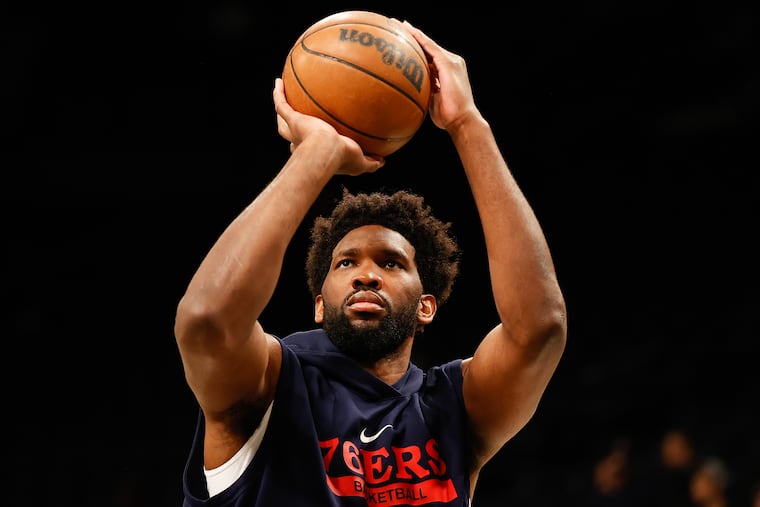What’s Joel Embiid timeline to return? What steps should he take? A local surgeon weighs in.
The Sixers entered the NBA playoffs with grand designs on making a deep postseason run and contending for a title. Can Embiid return and keep them on that trajectory?
